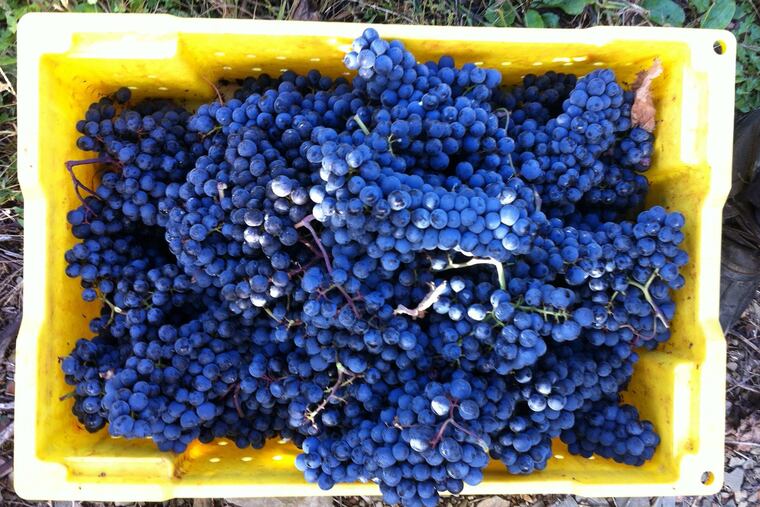The 9 best American wines for your Thanksgiving feast (and where to get them)
A regional wine selection can be a joyful celebration of the abundance and excellence of this country’s winemaking.

A regional wine selection can be a joyful celebration of the abundance and excellence of this country’s winemaking.
